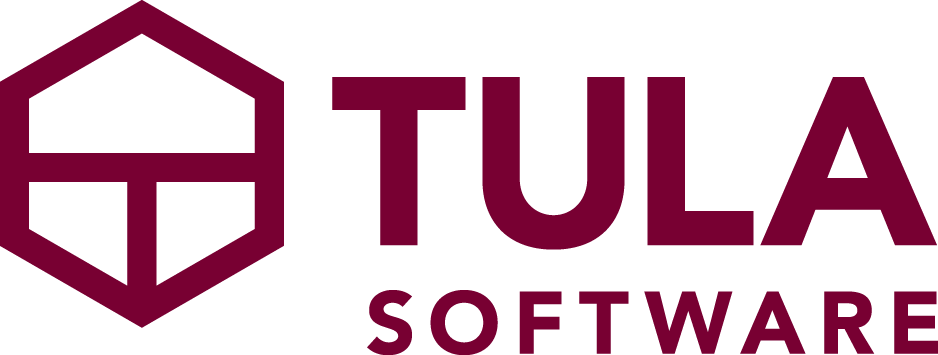Since the beginning of the COVID-19 crisis and the associated shelter in place orders, we’ve been updating our product at a rapid pace to ensure our customers have all the tools they need to continue to succeed as much of the world accelerates their transition to working, playing and exercising on-line.
While we’ve kept our customers updated via our product newsletter as we’ve continued to build out enhancements, we’ve fallen a bit behind on the blog posts. As we enter the next chapter of the crisis and all of our customer’s businesses evolve, I wanted to outline in one place all the changes we’ve made, to ensure our customers get all the benefit of everything we offer, along with the overall philosophy of how everything ties together for you and your students.
Our first update was our new feature we call Broadcast links. This allows you to use the video platform of your choice, whether it’s Zoom, Google Meet, Vimeo Live or anything else, alongside the Tula Payments and Registration system.
We upgraded our Audio, enabling allow our customers to upload both audio and video files. This allows you to provide both audio and video available for on-demand classes for your members.
Custom Registration Messages & New Registration Settings
We upgraded our registrations system to allow you to provide additional, custom instructions, anytime anyone registers for an event. In addition, we added a new registration setting, allowing you to turn-off guest access, allowing you to require students to log in prior to registering and paying for classes.
We introduced a new membership option, giving our customers a way to provide memberships that provide access all the benefits of our latest features designed for “unlimited” pass holders, while offering a more digestible payment option for their student base.
Many of our customers reported wanting to be able to get new waivers signed from their students. Our customers can now update their waivers, and when they do, all students will be required to sign the newly updated waiver, bringing them current with the studio’s current policies.
All customers can now set up custom subdomains for their website widgets, further tightening the integration between our website and yours. This addresses some important updates Safari made around their default security settings, AND also provides all our customers a way to provide their students with the Student Mobile Web App hosted on their own domain. As an example, our studio students now save https://domoreyoga.tulayoga.net/student on their phone to quickly access the studio schedule, broadcast links and on-demand classses.
ALL THESE OFFERINGS TOGETHER
For our customers, all of these features together, along with their physical studio locations, give them a complete, full stack of options for providing the services they offer to their communities.
In-Person Classes.
Live Broadcast Classes.
On-Demand Audio.
On-Demand Video.
And all of it living on your domain, under your brand and your studio name, giving you all the tools you need to compete.
As venture capital pours billions of dollars into Marketplaces like Mindbody, and apps like Headspace & Calm, as they look to exploit this crisis for their benefit with their winner take all mentality, it has been the honor of our professional careers to help ensure independent studios have all the tools they need not just to survive, but thrive, no matter where the future takes us.
And again to our customers who have flooded our inbox with notes of thanks and gratitude, we can’t tell you how much it means to us, and how happy we are to have been able to help you over the past few months.
And don’t worry, we’re not even close to being done!






